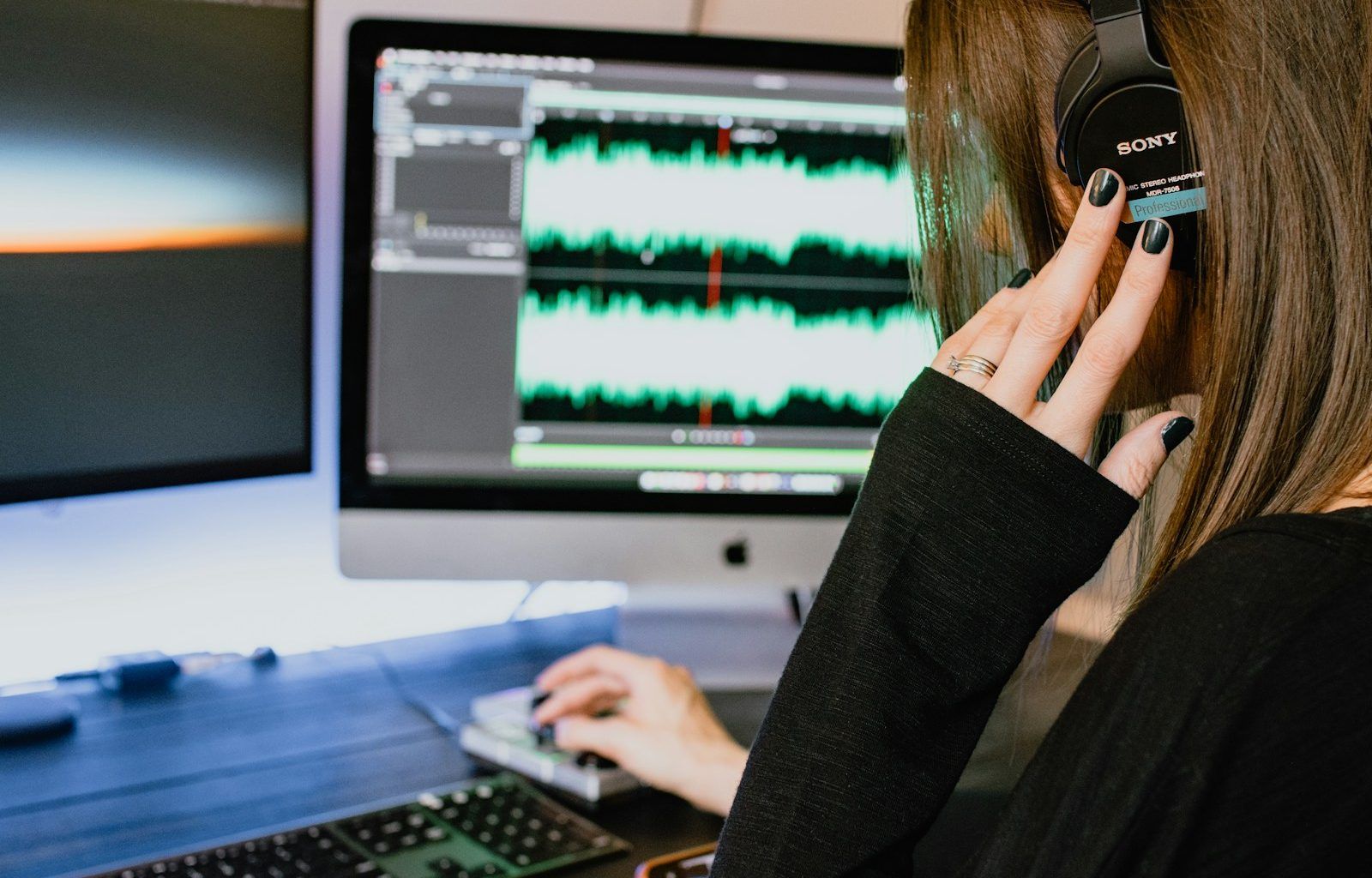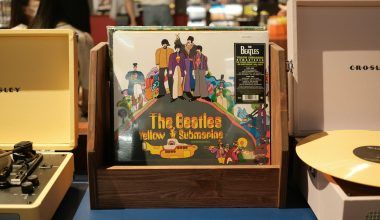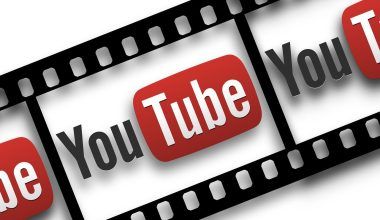Have you ever dreamed of having your own recording studio? Whether you’re an aspiring musician, a podcaster, or someone diving into audio production, creating a recording studio is a fantastic way to bring your ideas to life. But where do you even start? What do you need for a recording studio to make it work for your goals? Don’t worry; this guide will walk you through everything step by step.
The good news is you don’t need a million-dollar budget to get started. With the right tools and knowledge, you can create a studio that suits your needs and evolves over time. Let’s break it down into the essentials so you can focus on what really matters.
Space: The Foundation of Your Recording Studio
Before we dive into gear, let’s talk about space. Where you set up your recording studio is just as important as the equipment you buy. You don’t need a huge room, but you do need one that’s quiet, free from echo, and has minimal outside noise.
A spare bedroom, a garage, or even a closet can work. The key is to choose a space you can dedicate to recording. Once you’ve picked your spot, think about soundproofing and acoustics. Good acoustics can make a huge difference in the quality of your recordings, so invest some time in treating your space.
Soundproofing materials like foam panels, carpets, and heavy curtains can help minimize noise and create a cleaner sound. You don’t need to spend a fortune—DIY solutions work just fine when you’re starting out.
The Essentials: What Equipment Do You Need for a Recording Studio?
Now that you’ve picked your space, it’s time to think about the gear. Let’s start with the absolute must-haves:
1. A Computer
A reliable computer is the heart of any modern recording studio. Whether you choose a PC or a Mac, make sure it’s powerful enough to handle recording software and plugins. If you’re unsure, aim for a machine with at least 8GB of RAM and a fast processor.
Your computer will be running your Digital Audio Workstation (DAW), which is where all the magic happens. It’s worth investing in a machine that won’t slow you down.
2. Digital Audio Workstation (DAW)
Your DAW is the software you’ll use to record, edit, and produce your audio. There are plenty of options out there, like Pro Tools, Logic Pro, Ableton Live, or GarageBand for Mac users. If you’re on a budget, try free options like Audacity or Reaper. The best DAW for you depends on your specific needs and skill level, but most offer a free trial so you can test them out.
3. Audio Interface
An audio interface acts as the bridge between your microphone and your computer. It converts analog signals (your voice or instrument) into digital data your computer can understand. Look for one with enough inputs and outputs to handle your needs. Popular choices include Focusrite Scarlett, PreSonus AudioBox, and Universal Audio Apollo.
4. Microphones
Your choice of microphone depends on what you’ll be recording. For vocals and acoustic instruments, a condenser microphone like the Audio-Technica AT2020 is a solid pick. For loud instruments like drums, you’ll need dynamic microphones such as the Shure SM57.
Investing in at least one high-quality microphone can make a huge difference in your recordings. Don’t forget a pop filter to reduce harsh sounds like “P” and “S” when recording vocals.
5. Headphones and Monitors
High-quality headphones and studio monitors (speakers) are essential for accurate sound monitoring. Look for closed-back headphones like the Audio-Technica ATH-M50x for recording and open-back ones for mixing. For monitors, brands like KRK, Yamaha, and JBL offer great options.
6. Cables and Accessories
You’ll need cables to connect everything. XLR cables for microphones and instrument cables for guitars or keyboards are a must. Stock up on a mic stand, shock mounts, and any adapters you might need to avoid last-minute headaches.
Optional but Useful: Enhancing Your Recording Studio
Once you’ve got the basics, you can consider upgrading your setup with these tools:
- MIDI Keyboard: Perfect for producers and songwriters. It allows you to control virtual instruments in your DAW.
- External Hard Drives: Recording audio takes up a lot of space, so keep your projects organized with an external drive.
- Acoustic Panels: To improve the sound quality in your studio further, invest in panels designed to absorb and diffuse sound waves.
- Audio Plugins: Expand your DAW’s capabilities with plugins for mixing, mastering, and sound design.
Organizing Your Workflow: How to Make the Most of Your Recording Studio
Having the right equipment is only half the battle. To make your recording studio truly effective, you need a solid workflow. Start by organizing your cables, labeling everything, and keeping your workspace tidy. A clutter-free space boosts creativity and productivity.
When recording, make sure your levels are set correctly to avoid distortion. Always test your setup before a session to save time and avoid frustration.
Building Your Studio on a Budget
Worried about the cost? You’re not alone. Building a recording studio can be pricey, but it doesn’t have to break the bank. Start with what you can afford and upgrade as you go. Many beginner-friendly options offer great quality at a lower price.
For example, look for second-hand gear, bundle deals, or entry-level models from trusted brands. Focus on essentials first and expand your studio as your skills and needs grow.
Final Thoughts: What Do You Need for a Recording Studio?
Creating a recording studio is an exciting journey, but it’s important to focus on the basics. Start small, master your tools, and upgrade when the time feels right. Whether you’re recording a podcast, an album, or experimenting with sound design, your recording studio is a place to unleash your creativity.
The most important thing? Don’t get overwhelmed. You don’t need everything all at once. Take it one step at a time, and soon you’ll have a space where you can bring your ideas to life.
So, what are you waiting for? It’s time to get started on building your dream recording studio. With the right gear, a little creativity, and a lot of passion, the possibilities are endless!
For further reading, explore these related articles:
- The Ultimate List of Love Songs for Every Special Moment
- All You Need to Know About the Billboard Canadian Albums Chart
For additional resources on music marketing and distribution, visit Deliver My Tune.






